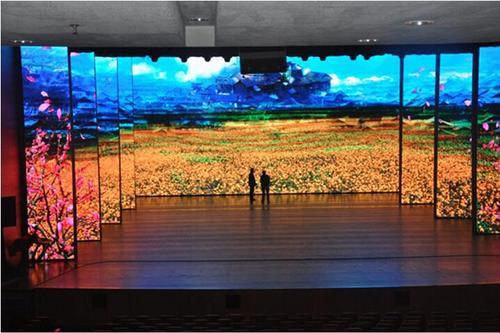Exploring The Way Resolution Affects the Performance and Visual Caliber of LED Screens in Contemporary Display Techniques
LED screens are becoming more and more popular in various settings, including musical events and athletic events to business displays and creative installations. One of the most crucial elements that affect the performance and image clarity of these displays is resolution. Resolution denotes the quantity of pixels that compose the image on the screen. Increased resolution means more picture elements, which can result in sharper and clear images. Understanding how image clarity affects LED walls can help operators make informed decisions about their screen needs.When discussing resolution, it is essential to take into account picture spacing, which is the gap between the midpoint of one pixel to the midpoint of the following picture element. A smaller picture pitch yields a greater image clarity, enabling additional clarity in the visuals displayed. For example, an LED screen with a pixel pitch of 1.5mm will offer a sharper image than one with a pixel pitch of 3mm. This is particularly important in environments where audiences are close to the screen, such as in a compact location or a exhibition event booth. In these cases, a greater resolution can significantly enhance the viewing experience.
Another aspect of resolution is its impact on color precision and luminosity. LED walls with higher resolutions often have better color rendering, indicating that the hues displayed are more vibrant and realistic. This is crucial for uses like advertising, where the goal is to attract interest and communicate a concept efficiently. Additionally, higher image clarity screens can preserve brightness levels even when viewed from different angles. This is important in big locations where viewers may be seated at various ranges and positions from the screen.

The performance of LED screens is also affected by image clarity in terms of update rates and reaction durations. A higher resolution display can handle quicker refresh frequencies, which is crucial for fast-moving material such as films and animations. This means that the visuals on the screen will look smoother and more seamless, improving the total observing quality. browse around this site In contrast, lower resolution displays may struggle with fast-moving material, resulting in blurriness or lag. Therefore, for events that rely on high-energy visuals, selecting a display with a suitable resolution is critical.
In conclusion, resolution plays a vital role in defining the performance and visual clarity of LED walls. Elements such as pixel pitch, color accuracy, luminosity, update rates, and response times all contribute to how effectively a display can communicate data and capture audiences. As advancements continues to progress, grasping these elements will help users select the appropriate LED screen for their particular needs, ensuring that they obtain the optimal potential outcomes in their presentations and events.